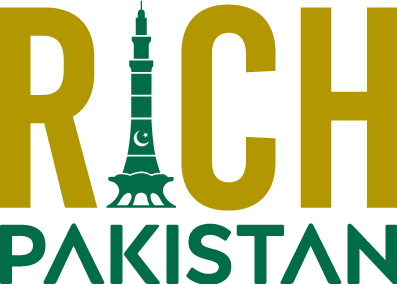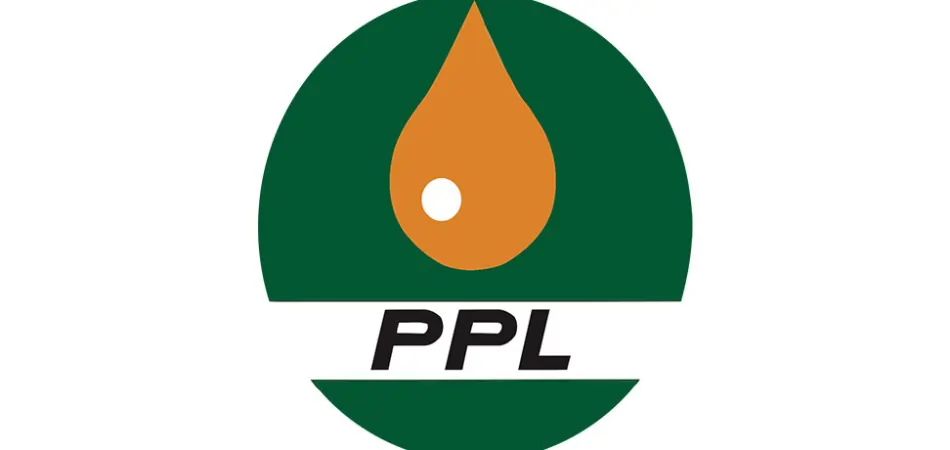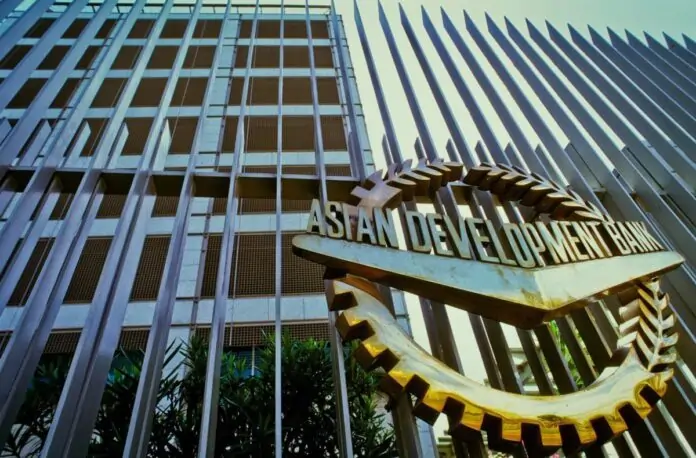Sector remains third-largest exporter, with government support boosting growth.
Pakistan’s IT exports grew by 18% year-on-year to $691 million in the first two months of the current fiscal year (FY26), up from $584 million in the same period last year, according to data from the State Bank of Pakistan (SBP).
The IT sector remains Pakistan’s third-largest exporter, following textiles and rice, and holds the largest share in services exports.
Pakistan Software Houses Association (P@SHA) Senior Vice Chairman Muhammad Umair Nizam praised the efforts of IT exporters in boosting export income and supporting the country’s macroeconomic indicators, including the current account.
Nizam emphasized the critical role of the IT sector in the country’s economic stability and urged the government to maintain supportive policies for long-term growth. However, he noted that the sector still faces several challenges, which should be addressed promptly.
The steady growth is attributed to government support in accessing both traditional and new markets. Increased participation of IT exporters in global tech and trade fairs, particularly in the USA, UK, Europe, and the Gulf Cooperation Council (GCC) region, has yielded positive results. Additionally, incentives and financial measures from the Ministry of Information Technology and Telecommunication (MoITT) and the banking regulator have further boosted the sector’s export receipts.
Pakistan Freelancers Association (PAFLA) Chairman Ibrahim Amin highlighted the significant role of freelancers in increasing IT exports. He noted that ongoing training and capacity-building programs by various institutions and NGOs are helping grow the freelance workforce.
IT exporter Noman Ahmed Said set a target of $400 to $450 million in monthly IT export receipts to achieve the $5 billion export goal for FY26, which he believes is attainable in the coming months.
However, Said also acknowledged that AI tools present both opportunities and challenges for IT companies and freelancers. He suggested that businesses upgrade their strategies, collaborate through joint ventures, and work on major foreign projects to expand their reach.
He further recommended that the government review its strategy and collaborate with IT exporters to meet export targets, providing cost-effective solutions and a long-term, supportive regulatory environment.







